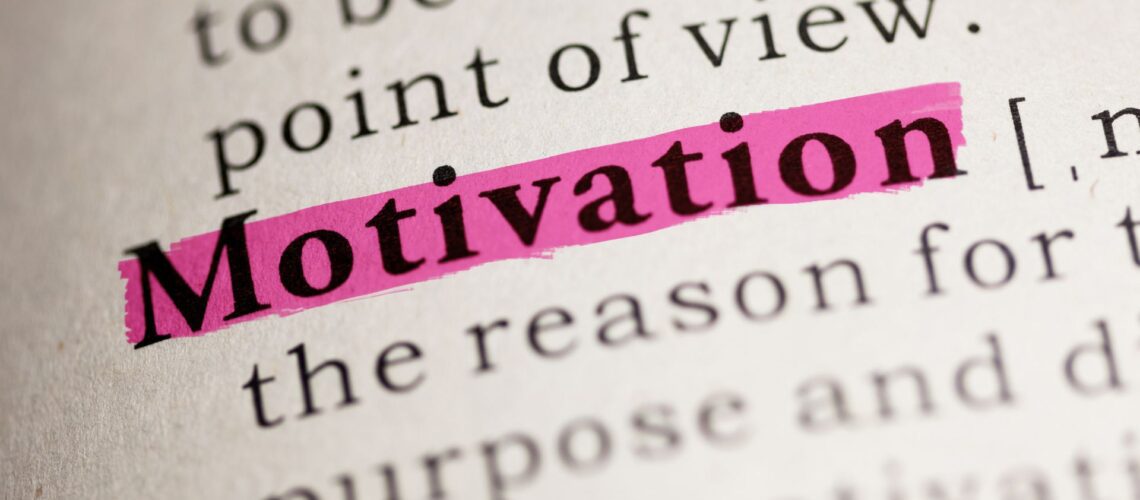Managing Millennials and Gen Z employees? You’ve probably noticed they approach work quite differently from previous generations. Enthusiasm, creativity, productivity, and a positive working atmosphere are all outcomes of employees who like their jobs and want to move the company forward.
Over the years, I’ve watched companies adapt their strategies to motivate employees whilst requiring certain sacrifices in exchange for job security and good salaries. But here’s what I’ve observed working with teams across pharmaceutical, IT, and life sciences sectors: what motivated the Boomer generation doesn’t always work for today’s workforce.
The Changing Face of Team Motivation
The Baby Boomer and Gen X generations generally understood that work hours were spent in a physical office space, with little contact with family or friends during that time. They stayed in jobs for extended periods, fearing the insecurity of moving around, and didn’t typically factor international careers into their plans. These generations didn’t actively seek frequent feedback or constantly varying tasks – they got on with the job at hand.
Enter the Millennial generation (Gen Y) and now Gen Z. These groups view work quite differently, and their work patterns vary considerably from their predecessors.
Descriptions of younger generations in the workplace aren’t always glowing. They’re often accused of being headstrong and high maintenance, with what some see as a frustrating attachment to their smartphones. They’re known to get bored easily, switch jobs frequently, and often rate work as less important than time with family and friends.
For managers unaccustomed to these behaviours, these employees can present challenges. Their high expectations demand different management skills to allow them to perform at their best.
It’s worth the effort, because their best can be very good indeed. Let’s explore eight strategies for motivating your team, particularly those newer generations whose approach to work differs from what you might be used to.
1. Leverage Their Technical Skills
Few businesses don’t appreciate tech-savvy employees in our increasingly digital world. Younger team members often bring advanced technical capabilities that can transform operations.
Rather than viewing this as challenging or intimidating, appreciate their skills and use them to your company’s advantage. Create opportunities for technically skilled team members to lead digital initiatives, mentor colleagues, or optimise existing processes.
2. Embrace Flexibility and Multitasking
Some traditional employees struggle to multitask or resent being pulled from one job to start another. Many younger workers absolutely excel at this and thrive in environments where they’re doing varied tasks.
You’ll motivate and retain these team members if you ensure they have diverse responsibilities. Design roles that incorporate different aspects of the business rather than restricting them to narrow, repetitive tasks.
3. Encourage Ideas and Innovation
One common frustration about younger generations is that they always expect their ideas to be heard, which sometimes grates on senior staff. But a creative, ideas-sharing workplace is a dynamic and fresh-thinking one.
Ideas should be encouraged, not dismissed. Establish regular brainstorming sessions, implement suggestion schemes, and ensure good ideas are acknowledged and acted upon, regardless of hierarchy levels. This investment in creativity pays dividends.
4. Provide Regular Feedback
How can wanting feedback be a bad thing? Where Baby Boomers might prefer to get on with things and be left alone, your younger team members really want to know how they’re doing and what they’re working towards. They want to be involved and inspired.
Once you accept that you’ll need to set aside time for more performance discussions or informal chats, you’ll benefit from motivated staff members who are happy to be guided when they’re going off track. That’s one powerful advantage.
Schedule weekly check-ins, provide immediate feedback on projects, and create clear pathways for career development with regular milestone discussions.
5. Support Remote and Flexible Working
Results-focused team members can work from home to targets with flexible hours. This means your company can have remote workers, potentially lowering overheads whilst maintaining or even improving productivity.
Focus on outcomes rather than hours worked. Establish clear performance metrics, invest in collaboration technology, and trust your team to deliver regardless of location.
6. Implement Merit-Based Progression
Younger generations believe in merit over seniority and want quick progression. This can challenge traditional structures, but good business sense dictates that those who show talent should be promoted to drive your business forward.
Create transparent promotion criteria, offer stretch assignments to promising employees, and establish clear pathways for accelerated development. High performers deserve recognition for their contributions, not just their tenure.
7. Respect Work-Life Balance
Many managers bemoan the perceived clock-watching ethos of younger generations. Yet those who maintain healthy boundaries, have fulfilling social lives, and don’t spend excessive hours at the office are much less likely to burn out or become resentful for being overworked.
This means they can be counted on for the long term. Well-rested, balanced team members typically demonstrate greater creativity and sustained productivity than those experiencing burnout.
Respect personal time boundaries, encourage holiday usage, and model healthy work-life integration from leadership levels.
8. Offer Growth and Change Opportunities
Younger employees want exciting, fulfilled lives and are very adaptable. These are perfect team members to move about. If you have a new office opening overseas or in another city, many will jump at this chance.
They embrace change – use this to your advantage. Offer cross-departmental projects, international assignments, or temporary secondments to keep roles fresh and engaging.
Implementing Your Team Motivation Strategy
Start by assessing your current team’s preferences and drivers. Conduct informal conversations, observe which approaches yield the best results with different team members, and remain flexible in your management style.
What motivates one individual may not work for another. Develop a toolkit of different strategies rather than applying one-size-fits-all solutions. The most successful managers understand these diverse needs and adapt accordingly.
Measuring Success
Monitor the effectiveness of your approach through employee satisfaction surveys, productivity metrics, retention rates, and quality of work output. Use this feedback to refine your strategies continuously.
Remember that team motivation requires ongoing attention rather than one-time implementation. Regular check-ins with team members about what’s working and what isn’t will help you stay ahead of changing needs and expectations.

Frequently Asked Questions about Workplace Motivation
Modern team motivation benefits from frequent feedback rather than annual reviews alone. Weekly check-ins or project-based feedback sessions help maintain engagement and address issues promptly. The key is consistency and relevance – feedback should be timely, specific, and actionable. Younger team members particularly value regular communication about their performance and development, whilst some traditional employees may prefer less frequent formal reviews. Adapt your approach to individual preferences.
Absolutely. Remote team motivation relies on clear communication, goal-setting, and trust. Focus on outcomes rather than hours worked, maintain regular contact through video calls, and ensure remote workers have access to the same development opportunities as office-based colleagues. Many employees find flexible working actually increases their motivation because it demonstrates trust and allows them to work when and where they’re most productive. The key is having clear expectations and consistent support.
Successful team motivation acknowledges that different individuals have varying preferences regardless of age. Use flexible approaches that offer options – some may prefer structured feedback whilst others want informal check-ins, some value stability whilst others seek variety. The key is understanding individual needs through conversations rather than making assumptions based on demographics. Offer a menu of motivation strategies and let team members engage with what works best for them whilst maintaining consistent performance standards.
Building a Motivated Team for Long-Term Success
Motivating your team isn’t about applying one-size-fits-all solutions. It’s about understanding the diverse needs within your team and adapting your management approach accordingly. The eight strategies outlined here provide a practical framework for engaging team members who may have different expectations from previous generations.
Use their fresh ideas to re-energise your business. Let them work flexibly to clear targets. Give them regular feedback and recognition. If they deserve promotion, provide clear pathways for advancement. Keep their roles diverse and challenging.
The most successful organisations recognise that team motivation requires ongoing attention, willingness to evolve management practices, and genuine investment in understanding what drives different individuals. Whether your team values traditional structured approaches or prefers dynamic, flexible arrangements, the key lies in matching your leadership style to individual needs whilst maintaining clear expectations.
Remember that motivated teams demonstrate increased productivity, better retention rates, and stronger innovation capabilities. By prioritising these eight strategies, you’ll build a foundation for sustained success and create a workplace where every generation can thrive.

